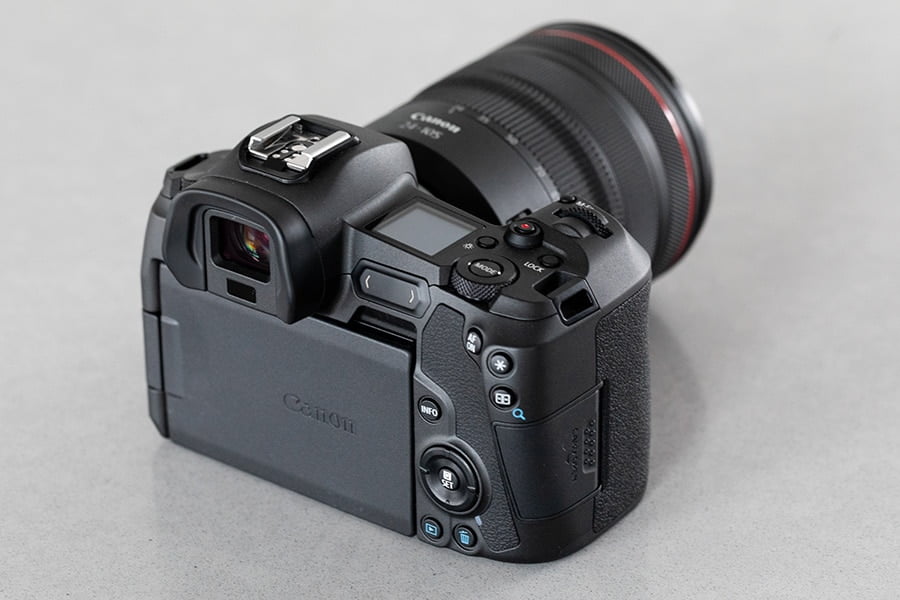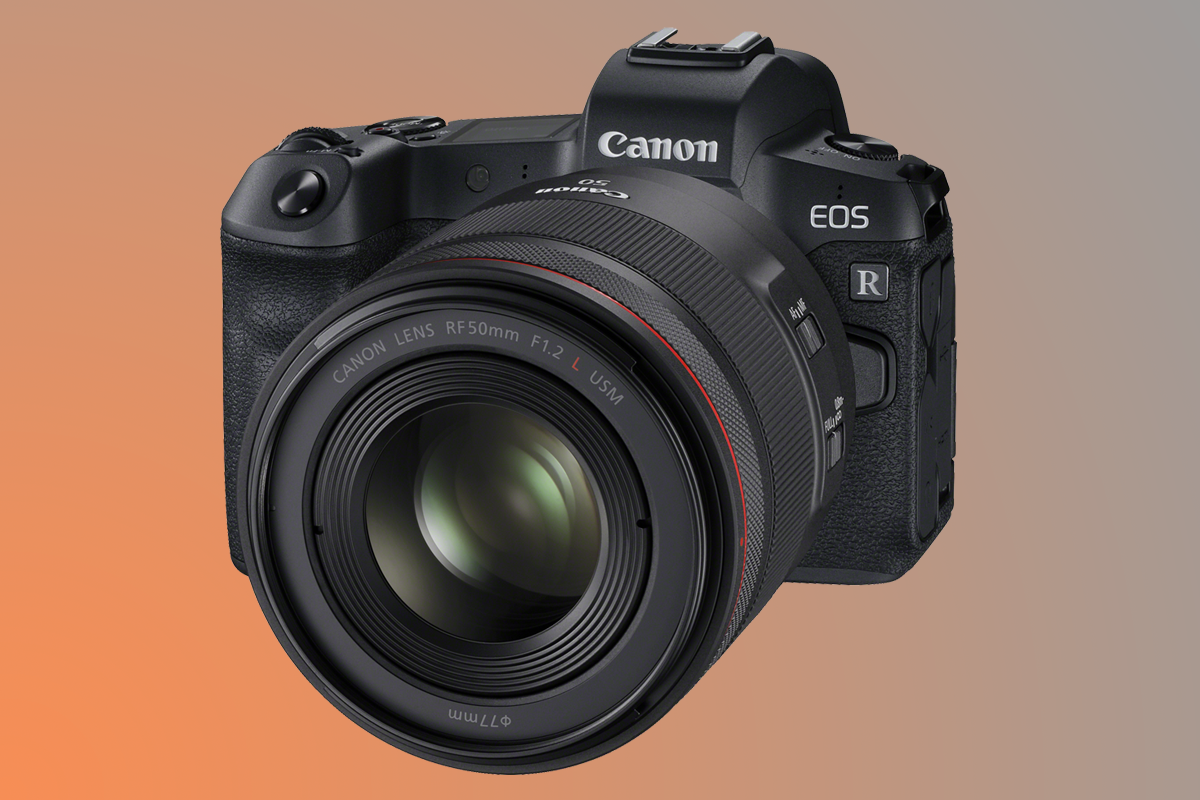
- CANON EOS R FINANCE MANUAL
- CANON EOS R FINANCE UPGRADE
- CANON EOS R FINANCE FULL
- CANON EOS R FINANCE PLUS
Would I have preferred something that really capitalized on mirrorless technology, while also revolutionizing the sensor? Sure.
CANON EOS R FINANCE UPGRADE
I like it a lot, despite the hard truth that it’s not much of an upgrade from the Canon 5D Mark IV. Even for photographers who want to take advantage of RF potential can start out with their EF lenses, then slowly make the transition as more and more RF lenses become available. Most photographers aren’t thrilled about having to repurchase their entire kit, especially not at RF price points, but the EF to RF adapters stave off this necessity, at least for a while. Of course, this is also nice from an affordability perspective.
CANON EOS R FINANCE PLUS
And many of these are far too pricey for the average user to afford, plus they all fail to address the needs of more specialized wildlife or macro photographers.īut with an adapter, you can mount Canon EF/EF-S lenses, while still getting the bonus of mirrorless features. These adapters somewhat address one of the problems with Canon’s late start to the mirrorless game: While its RF lineup shows promise, it only includes a dozen or so lenses. I went for the basic adapter, myself, but I can see why a photographer who likes the ease of a control ring might level up – and the filter-furnished adapter is an interesting alternative. This latter mount allows you to add filters, such as a variable ND or circular polarizer, in front of your lens, which makes filter use a possibility on bulbous, wide-angle options. For just $100, you can grab the basic EF to RF mount adapter, which allows you to screw Canon EF and EF-S lenses onto your Canon EOS R.Ĭanon also offers two other versions of the adapter, each coming with a respective $100 increase in price one includes a control ring that you can program to adjust settings on the fly, and the other ditches the control ring but adds a drop-in filter feature. One area where the Canon EOS R does well is in terms of lens selection, though not because of its native RF mount.
CANON EOS R FINANCE FULL
Instead, we’re given 4K with a huge caveat: a 1.8x crop factor, which seriously affects your ability to use lenses to their full potential, turning a 24mm wide-angle into a 50mm standard focal length.Īdd to that the lack of in-body image stabilization, which is now offered by most of the competition, and you’ve got yourself a very poor option for videography. This is something that most hobbyist videographers could probably live with, but the 4K resolution doesn’t use the whole sensor.

Even the (much less expensive) EOS RP shoots 4K/60p, leaving the R with 4K/30p. The EOS R’s video capabilities are very underwhelming, especially when you consider what you get in far cheaper, hobbyist mirrorless bodies. If you’re hoping to capture wildlife or any form of action, you can do it with 8 frames-per-second, albeit not quite as well as the other options I mentioned, but you’re going to struggle with 5 fps. It’s worth pointing out that the EOS RP, the little brother of the R, only shoots at 5 frames per second (4 fps with continuous AF) – so it is worth paying attention to the EOS R’s speed specs, if only to decide whether it’s worth a purchase over the RP. But if you’re a serious action shooter, then a camera such as the Sony or the Fujifilm is going to be a far better option than the EOS R, which will seem sluggish by comparison.

Honestly, at some point you have to start asking yourself whether you need the increased speed, because 60 frames per second, or 30 frames per second, or even 20 frames per second from the Sony a9 and a9 II will run through your memory card unbelievably fast. The Sony a7 III features 10 fps shooting, and (while not a direct competitor of the full-frame EOS R), the Fujifilm X-T3 ramps up to 30 frames per second, not to mention the insane 60 frames-per-second shooting speeds you can pull from the Olympus OM-D E-M1 Mark II and Mark III. The 8 fps shooting speed isn’t bad by Canon standards, but it pales in comparison to some of the competition. Regarding Canon’s continuous shooting settings, you get a decent 8 fps, which is up slightly from the Canon 5D Mark IV’s 7 fps, though you can only do this with One-Shot AF (the speed drops to around 5 fps with AI-Servo). Note that the Canon EOS R offers face-detect AF as part of its tracking algorithm, as well as a number of useful AF area modes I’m a big fan of Single-Point AF and used it the most frequently, but the tracking setting does a good job with moving subjects. And, as I mentioned in the previous section, you also get focus peaking, which is useful for both video and still photography.
CANON EOS R FINANCE MANUAL
The sensor-based AF includes the option for a manual focus guide, so that you can set your desired point of focus via multi-controller or touchscreen and then guide your lens to it manually.


 0 kommentar(er)
0 kommentar(er)
